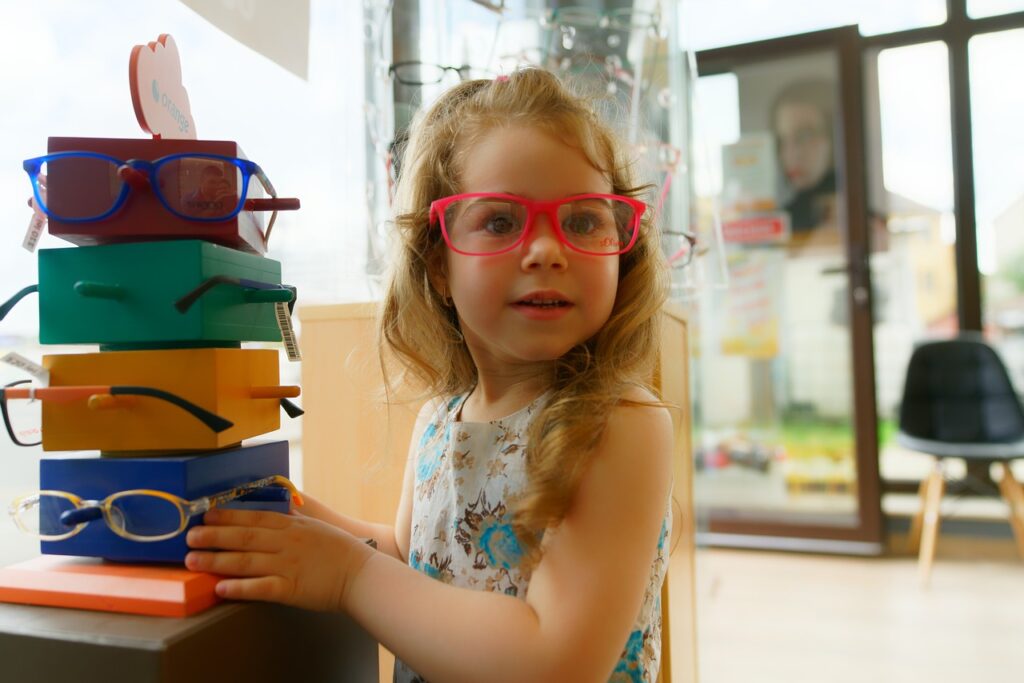Researchers at the University of California, Berkeley have developed a new technology that can help to detect eye diseases in children. The technology uses a special type of eye scan to measure the thickness of the retina. This information can be used to identify children who are at risk for eye diseases such as glaucoma and retinitis pigmentosa.
The new technology is called Optical Coherence Tomography (OCT). OCT uses a laser to create a detailed image of the retina. The thickness of the retina can be measured by looking at the distance between the layers of the retina.
Glaucoma is a leading cause of blindness in adults. It is caused by damage to the optic nerve, which is the nerve that carries visual information from the eye to the brain. Retinitis pigmentosa is a rare inherited eye disease that causes gradual loss of vision.
Early detection of eye diseases is important because it allows for treatment before the disease can cause permanent vision loss. The new OCT technology could be used to screen children for eye diseases at a young age. This would allow for early diagnosis and treatment, which could help to prevent vision loss.
The new OCT technology is still in the early stages of development, but it has the potential to be a valuable tool for the early detection of eye diseases in children. The researchers who developed the technology are hopeful that it will be available to patients in the near future.
Here are some of the benefits of the new OCT technology:
· It is a non-invasive procedure that is painless for children
· It is a quick and easy procedure that can be done in a doctor’s office
· It is a reliable and accurate way to measure the thickness of the retina
The new OCT technology could make a significant difference in the lives of children who are at risk for eye diseases. By detecting eye diseases early, we can help to prevent vision loss and improve the quality of life for children.

